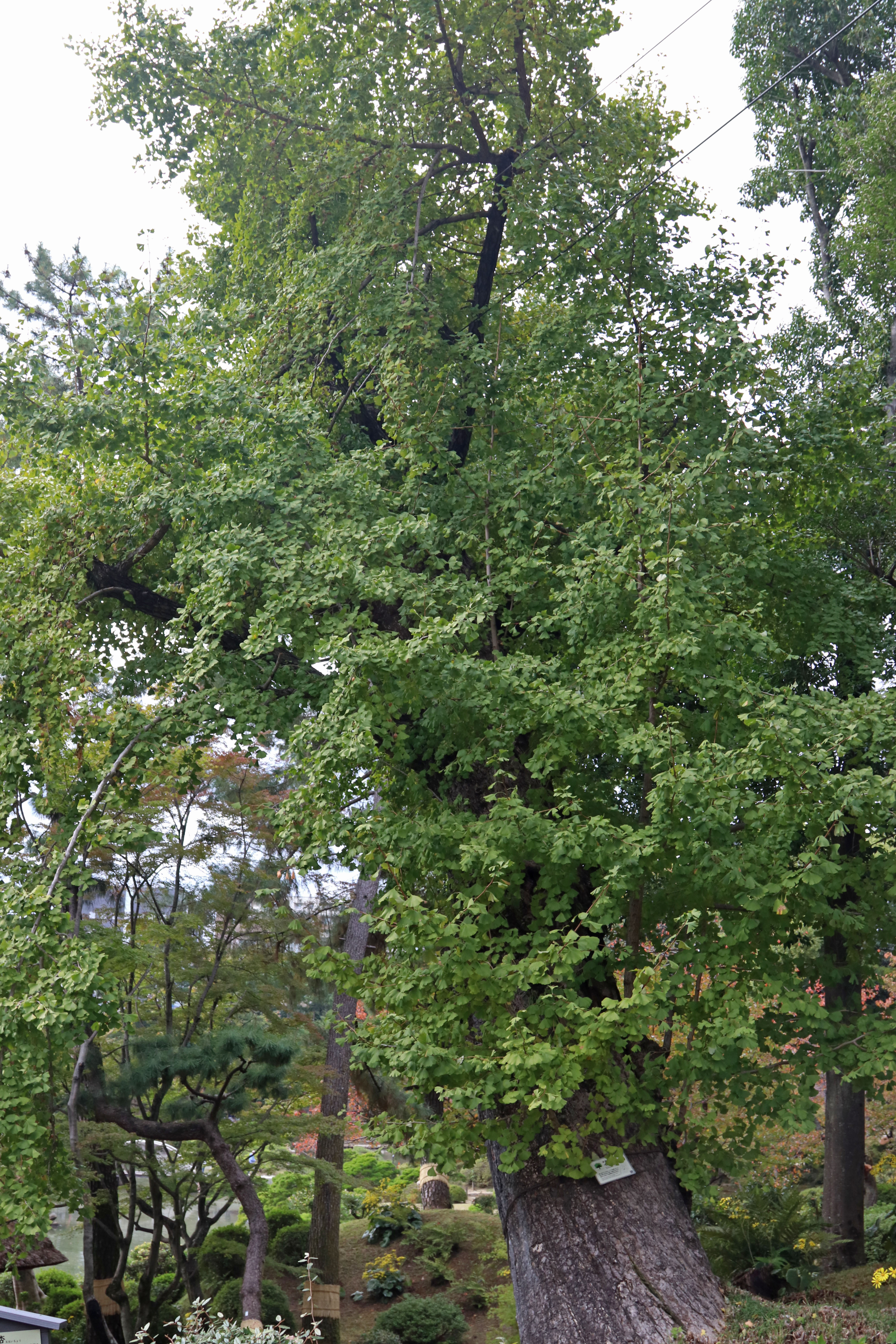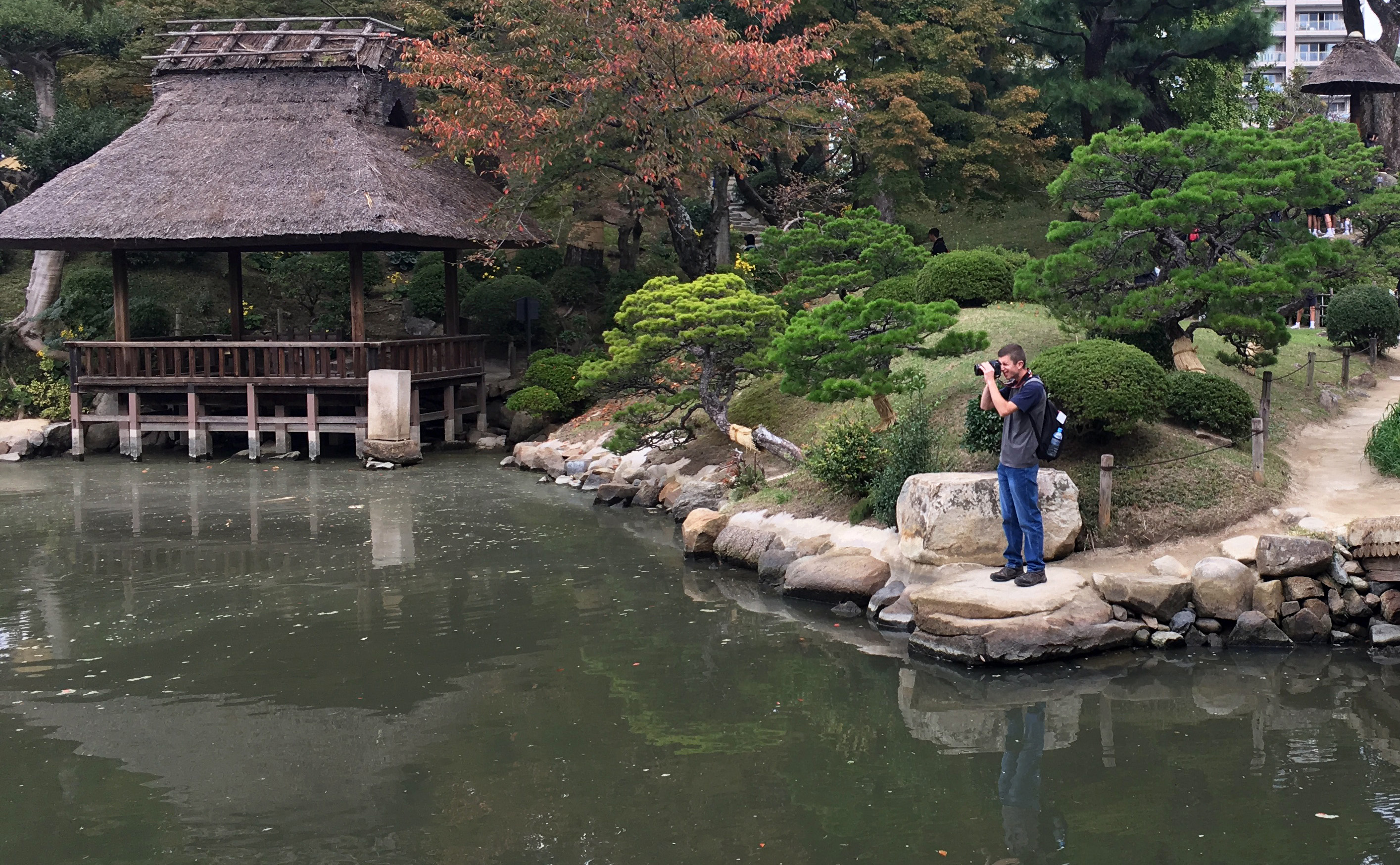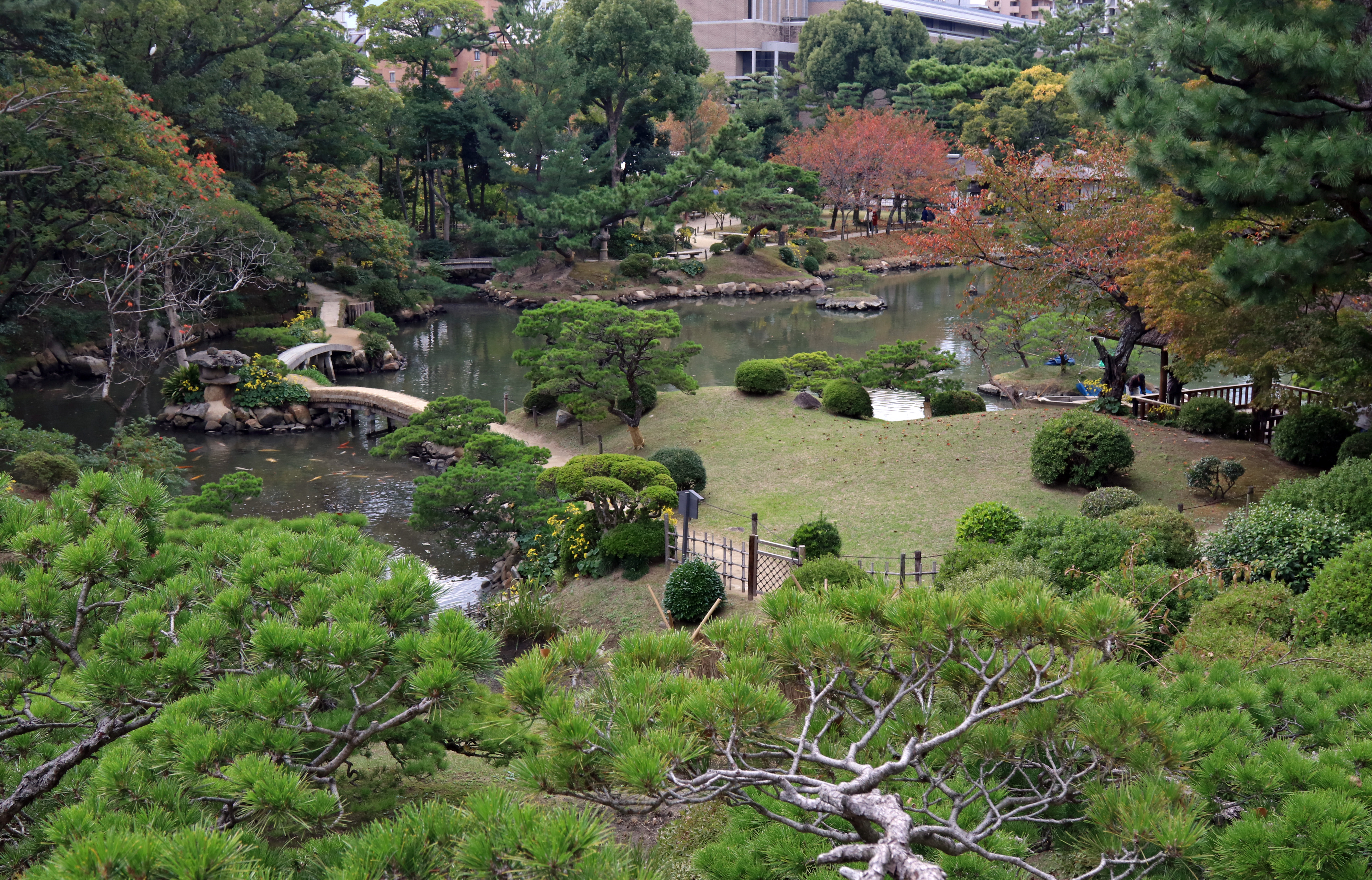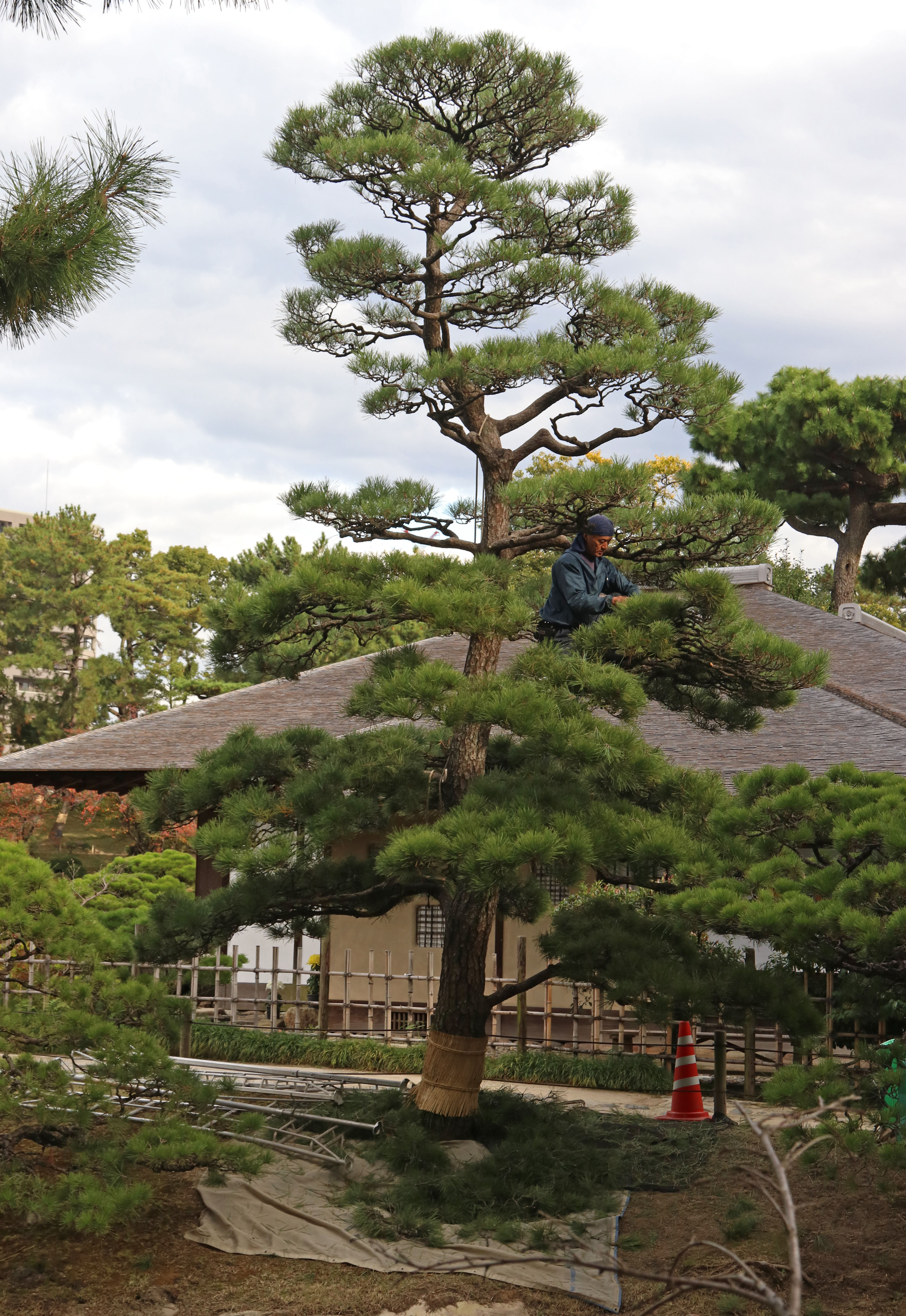Shukkeien Garden
After our Ramen pit stop
and all fuelled up!! We then headed to the Shukkeien Garden, entering the
garden through some large gates which led to the admission building. After
paying the very reasonable admission fee of 260 yen (£1.90), the path then led
to the garden, though at this point near the admission building the full scale
of the garden could not been seen, which lured us into a false sense of what
the garden was…But a little further along the path the garden just hit us…it
was stunning, like a hidden oasis! One
side of the garden is surrounded by the city and the other the Kyobashi
River.
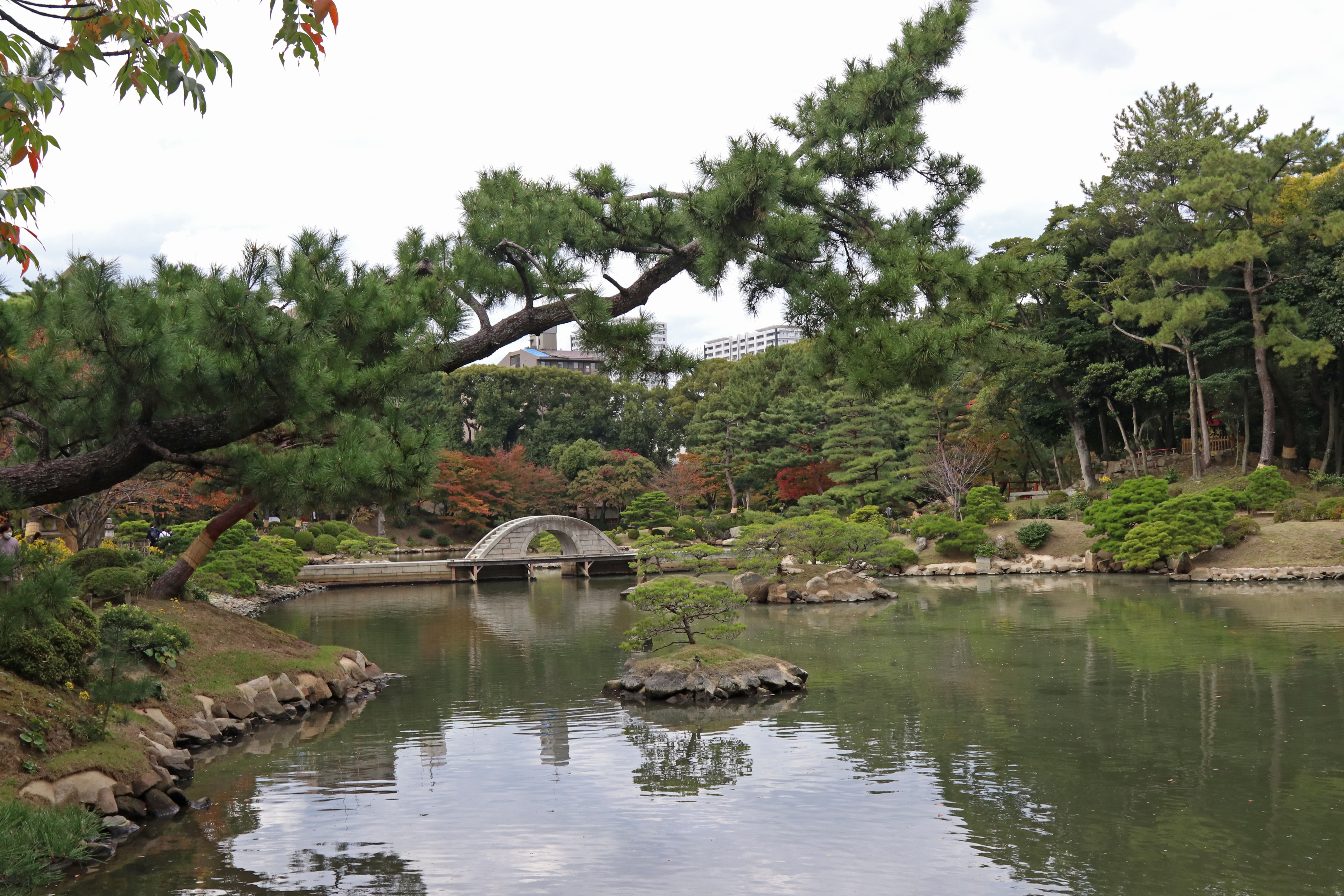
The garden has a large natural
shaped pond situated in the centre, named Takueichi, with paths flowing around it
connecting the whole garden. The paths travel through all of the gardens
various landscapes and sceneries, which are stunning. Also dotted within
Takueichi pond are a total of fourteen small islands with beautiful niwaki pine
trees positioned upon them. Some of the islands are shaped to represent
tortoises and cranes, which are a symbol to pray for the longevity of life.
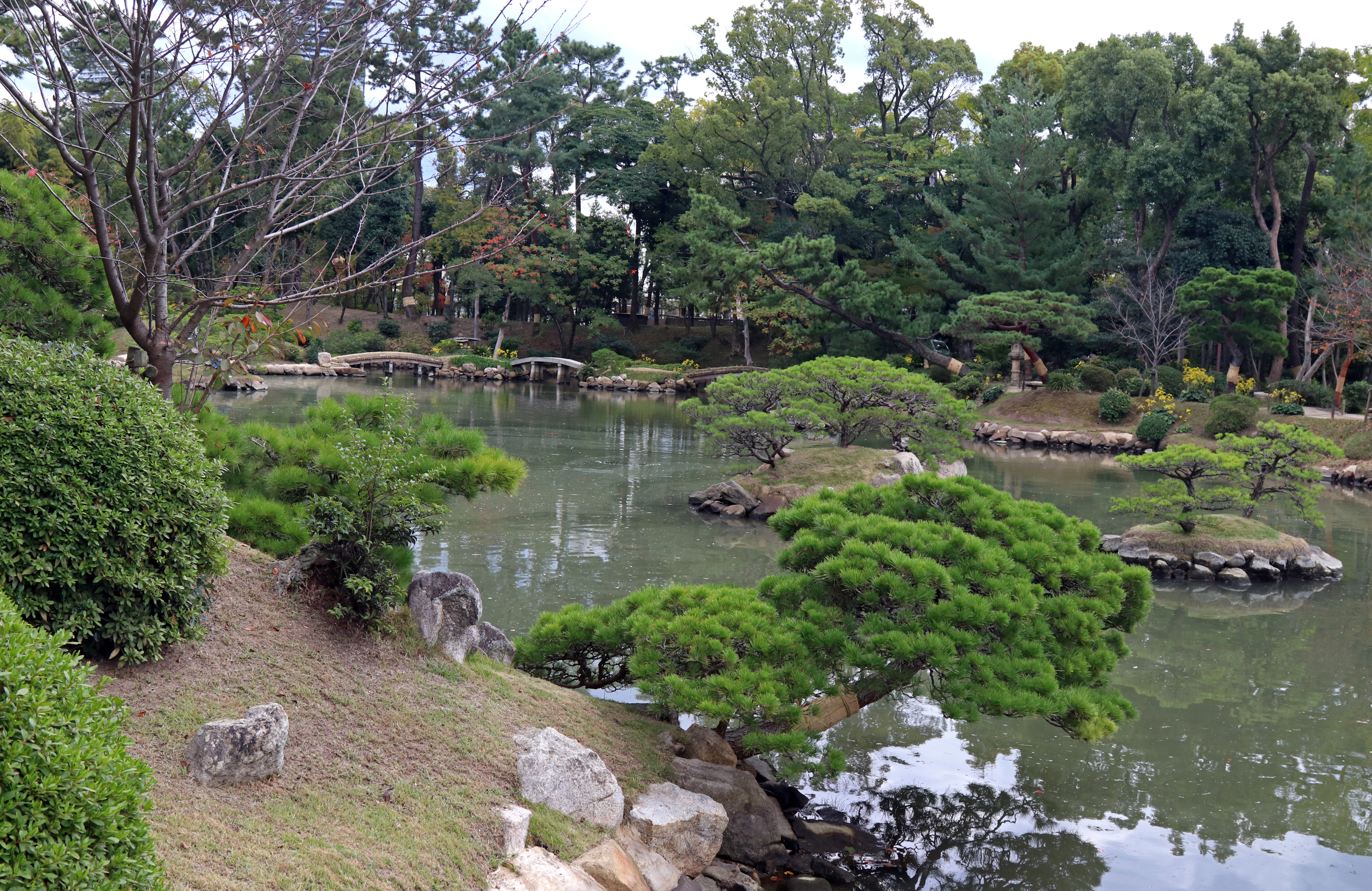
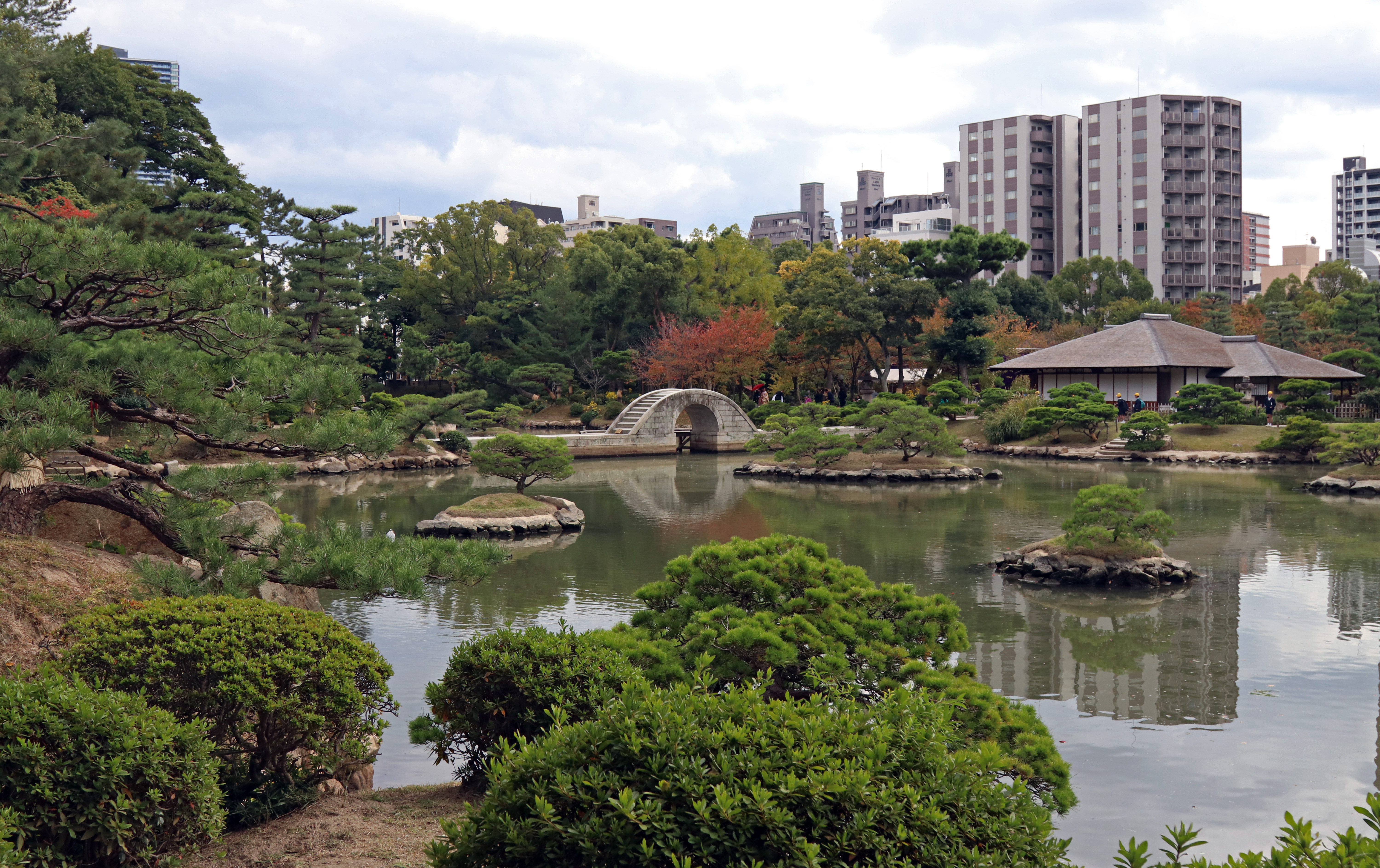
The garden was destroyed by the atomic bomb, but the Koko-kyo bridge was left standing along with only a few trees and plants, which were said to have survived and blossomed again the following year! The garden was then later restored back to its original splendour.
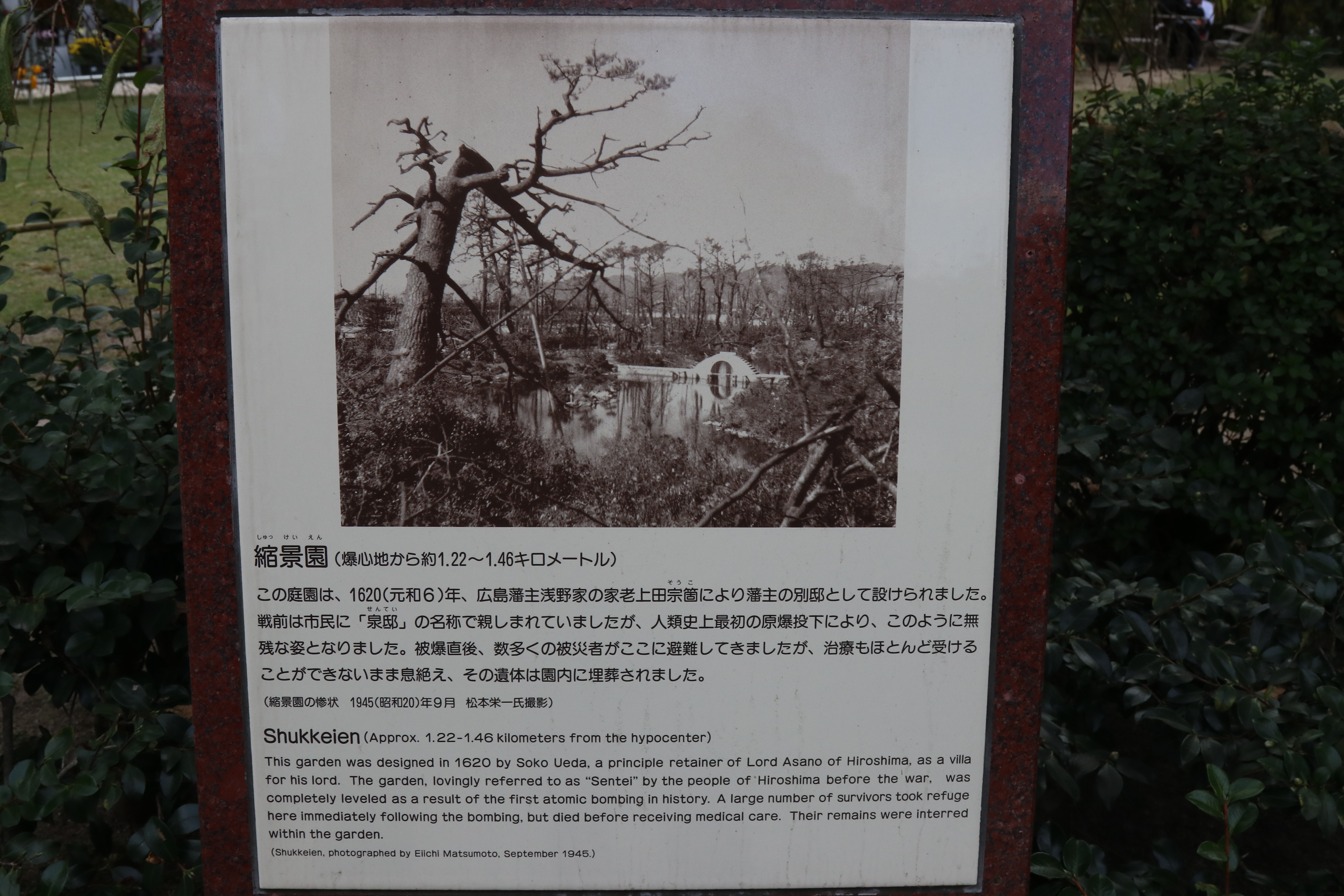
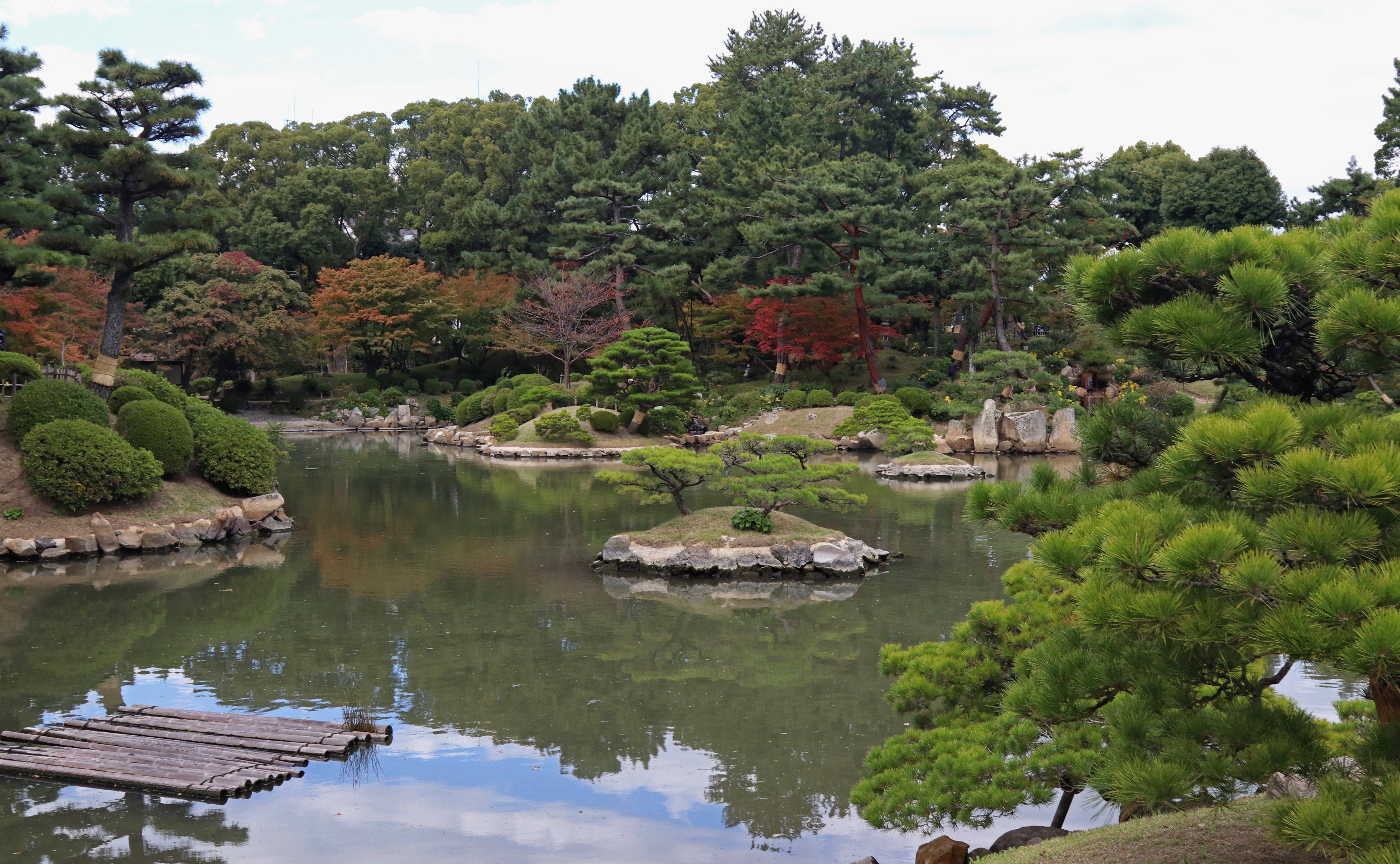
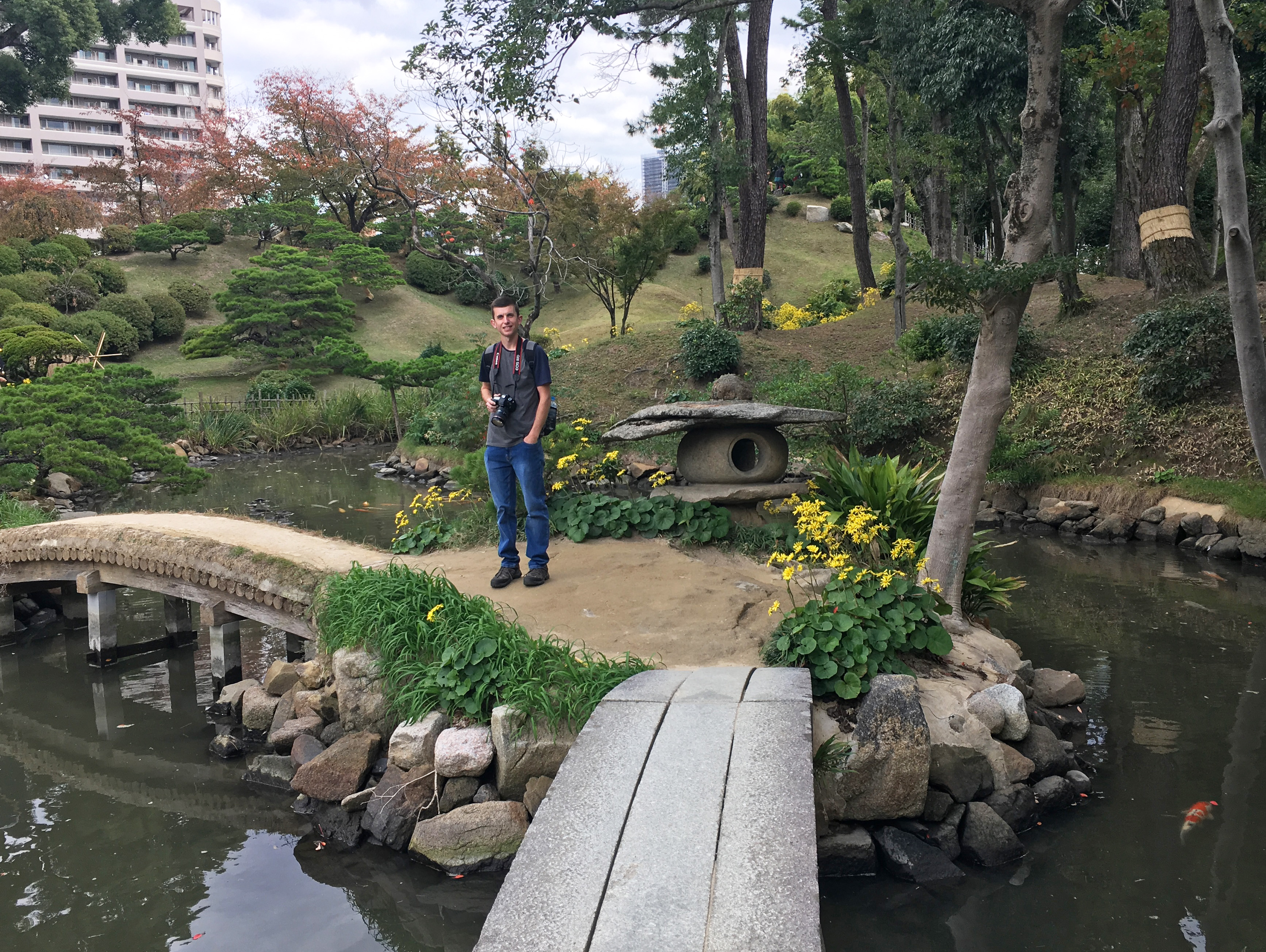
The Shukkien Garden can
also be reached direct from Hiroshima Station, either walking, which only takes
around 15 minutes, by bus or tram.
The garden was certainly
a stunning oasis, and really finished our visit to Hiroshima City on a massive
high!
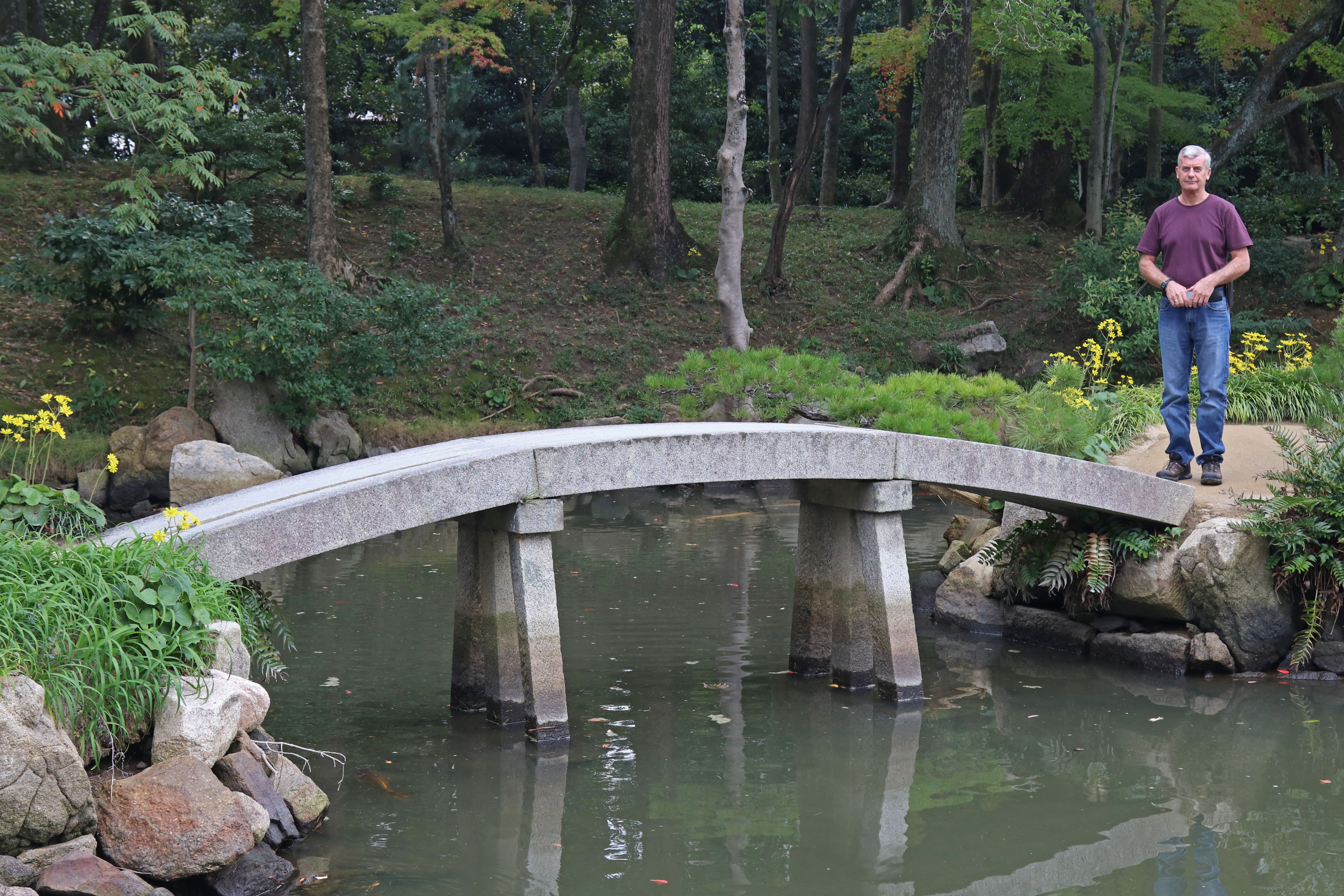
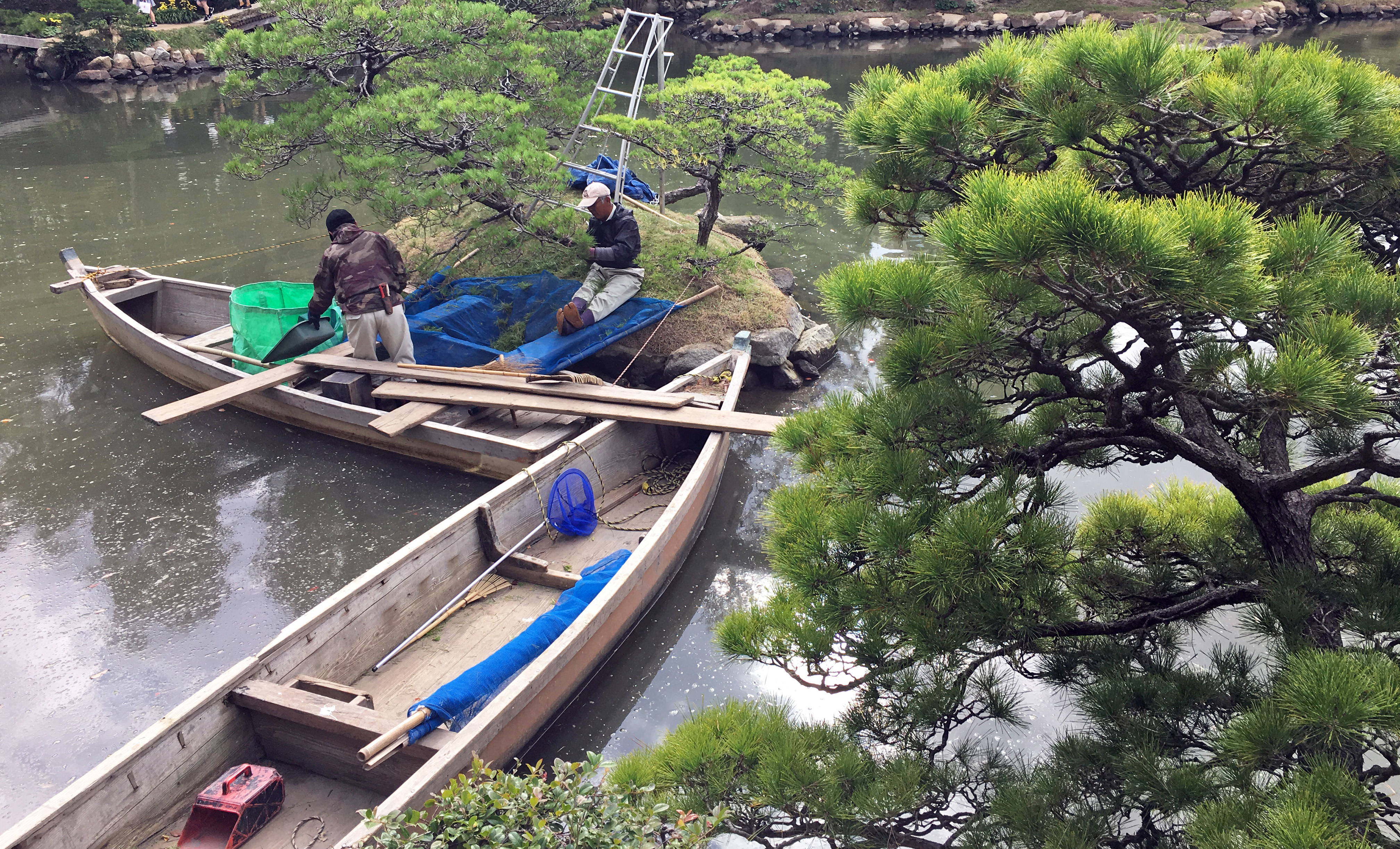
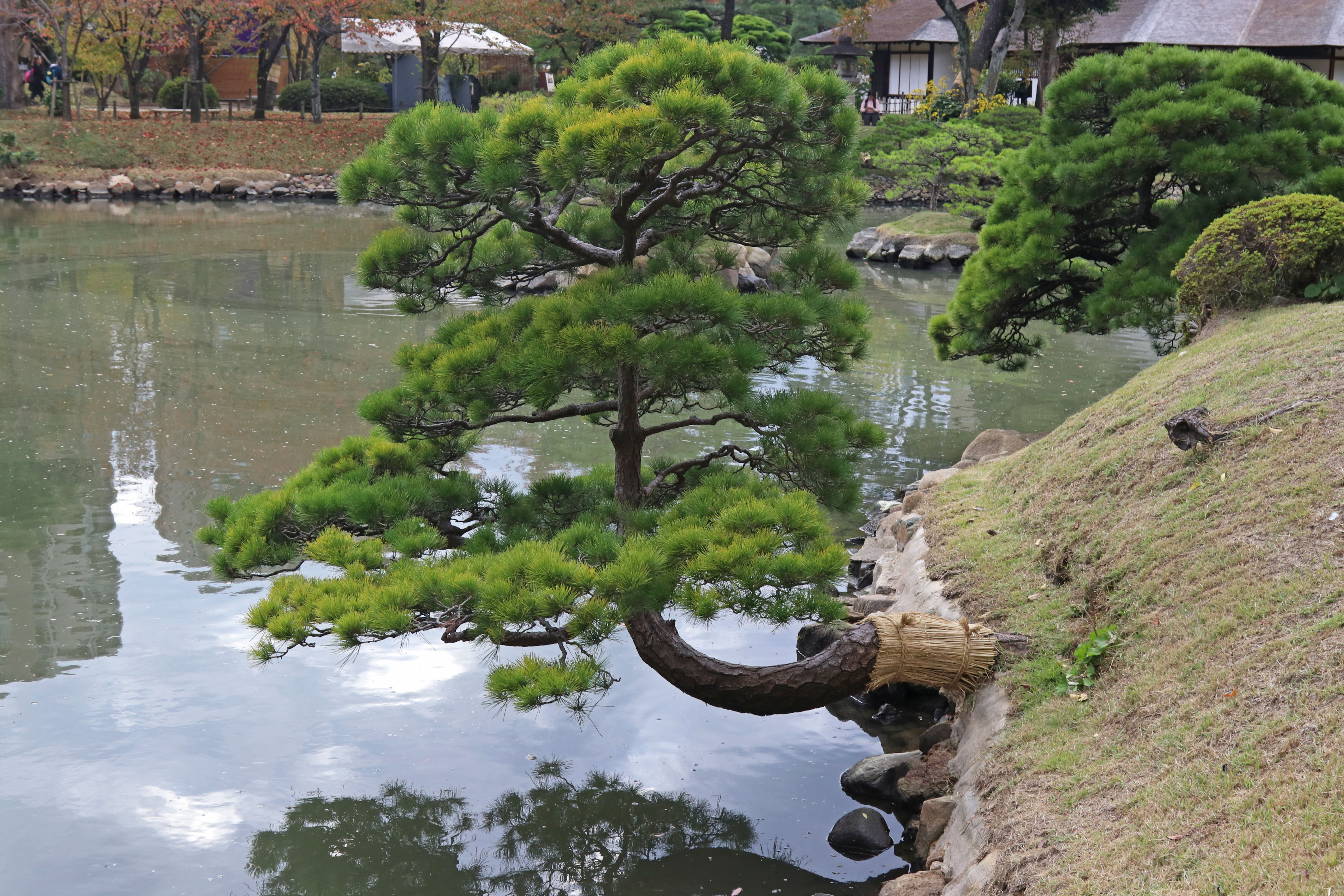
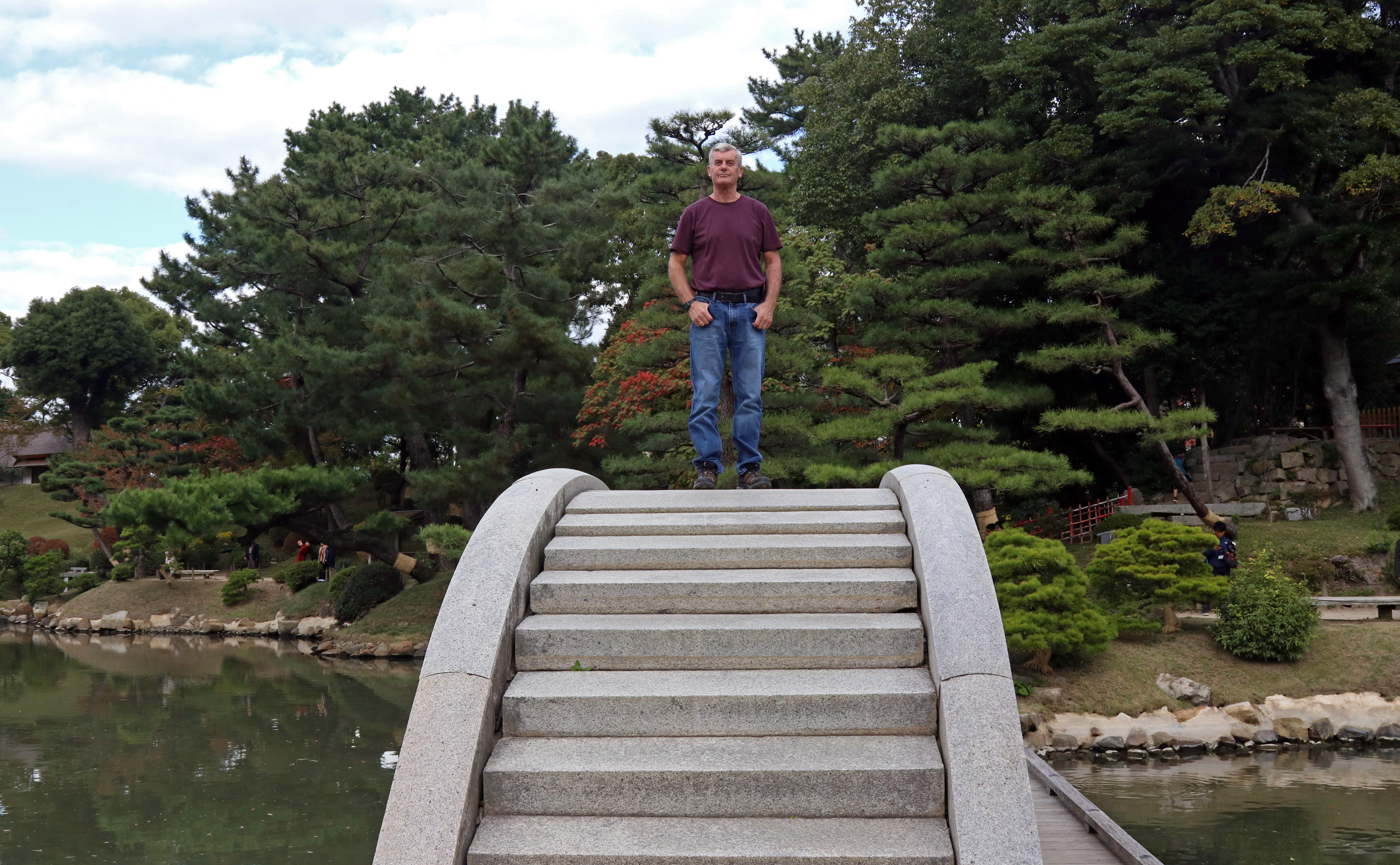
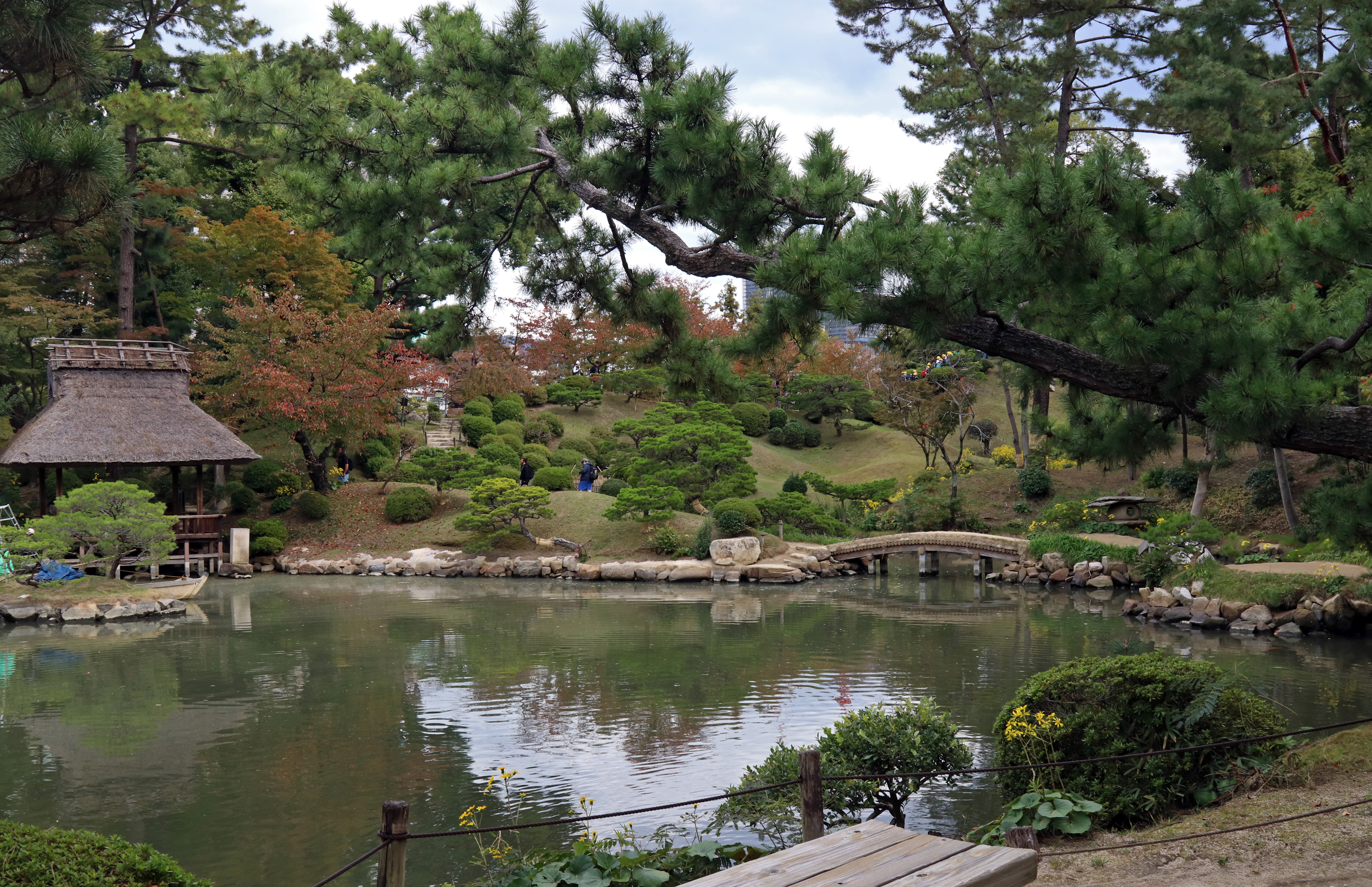
The Shukkien Gardens
name translates as “shrunken scenery garden”, which is a perfect description of
the garden! The garden’s landscape is made up of miniature versions of valleys,
mountains, lakes and forests. Through clever and careful cultivation and maintenance
of the garden, it’s land and vegetation, the garden mirrors a variety of
natural formations and scenic views!
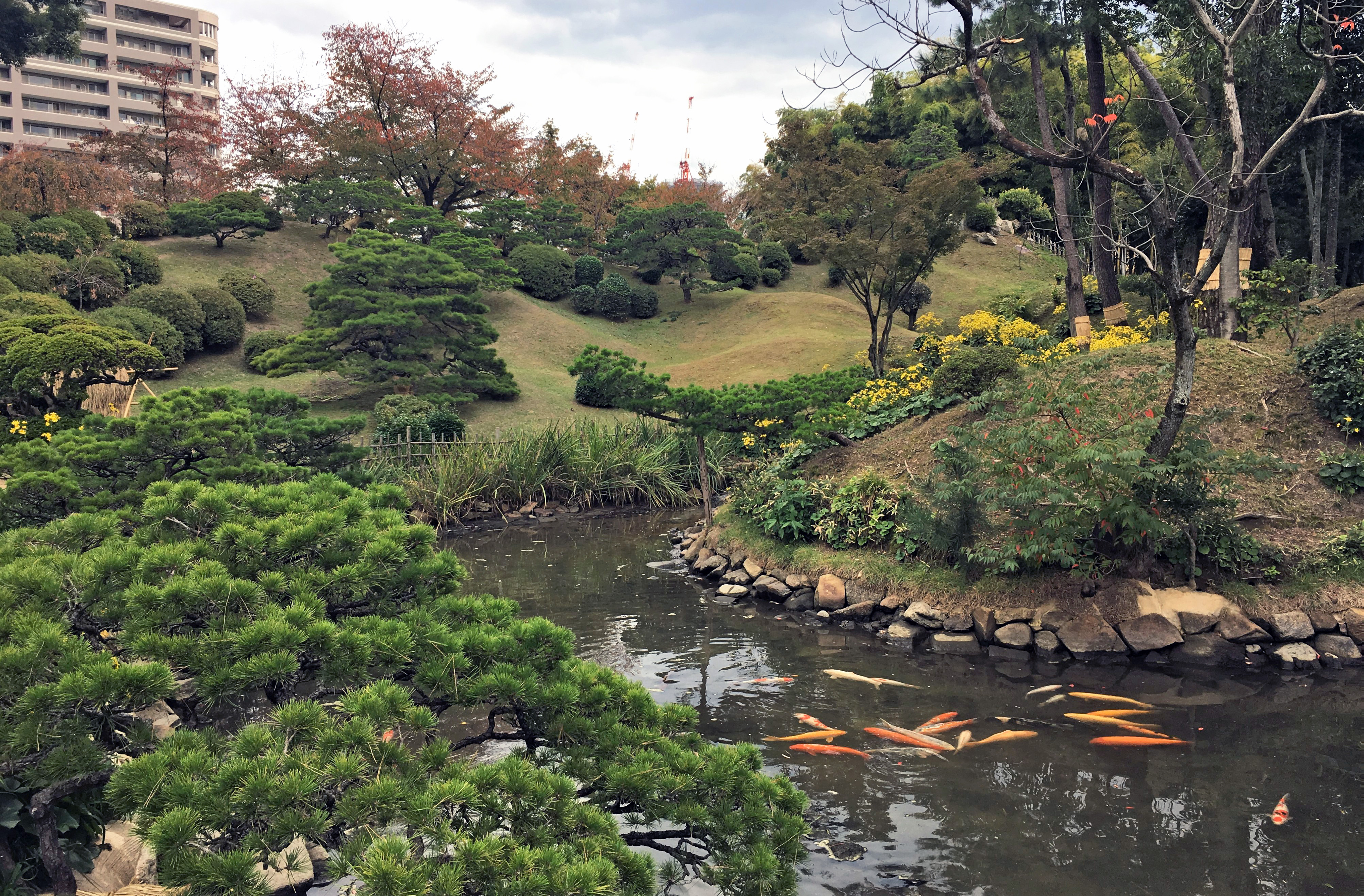
The garden also has many bridges in different styles, with a central arched bridge named Koko-kyo crossing the middle of the pond. The Koko-kyo bridge, which is made of granite, runs from north to south in the centre of the pond, and so divides the pond into two parts, one part represents earth and on the other heaven, being connect by the bridge which symbolizes a rainbow.

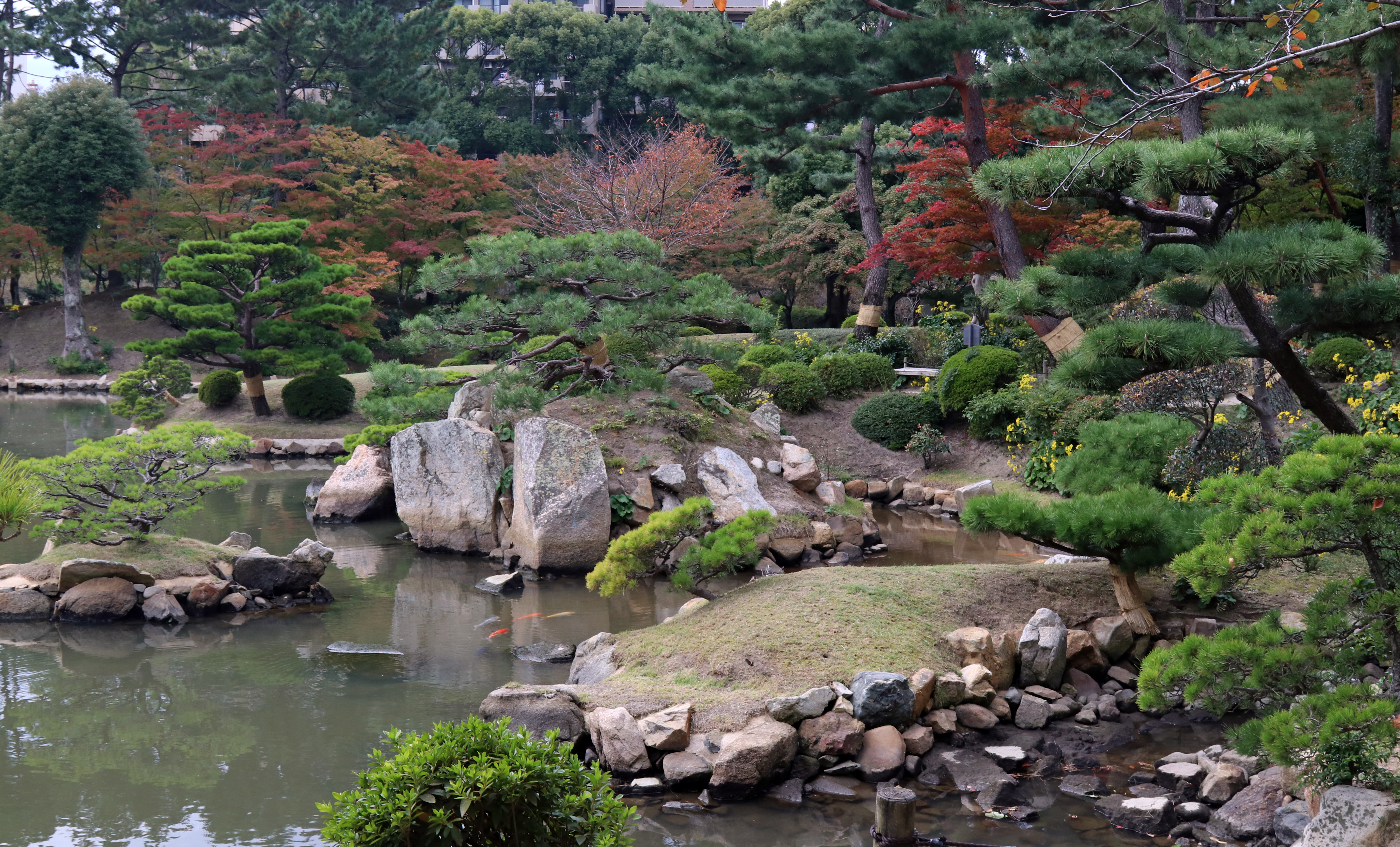
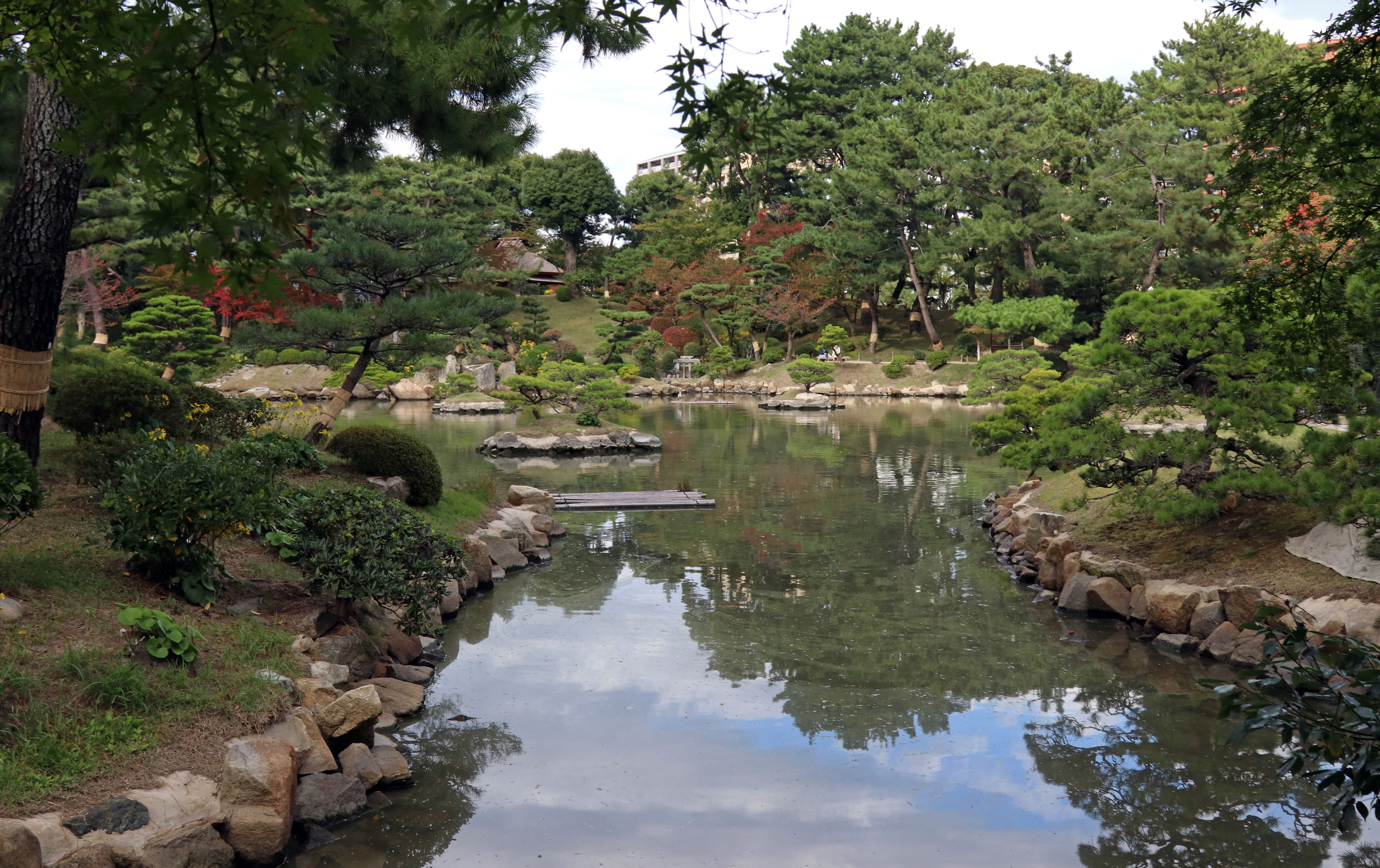
Also, amazingly to survive the bomb was a giant Ginko Tree, which is alive today! The Ginko was actually pushed over by the force of the bomb! And so many of its branches were damaged and had to be removed, but the tree recovered and although growing on a slant, is fully alive! It stands at 17 metres high, with a trunk circumference of around 4 metres and is estimated to be more than 200 years old! It was certainly an impressive site to see. Its seeds have been sent around the world to appeal for world peace.
